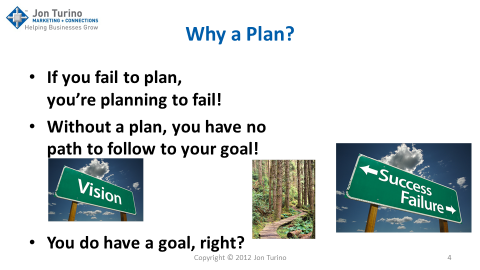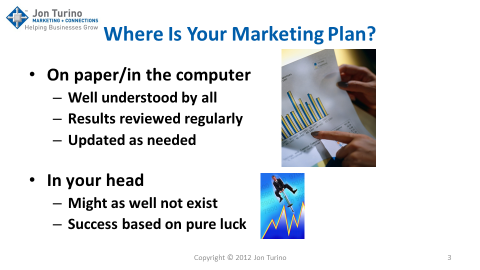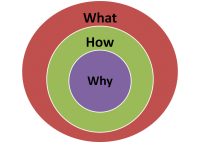 I’ve been curating a lot of articles lately and re-posting them for the edification of my friends, fans and connections and several of those posts have been lists of 5, 10, 12, 20 or more things you can do to improve your business, life, social media strategy or anything else. In fact a lot of experts say that the titles for your posts should have numbers in them and that lists make for good content. So here’s mine!
I’ve been curating a lot of articles lately and re-posting them for the edification of my friends, fans and connections and several of those posts have been lists of 5, 10, 12, 20 or more things you can do to improve your business, life, social media strategy or anything else. In fact a lot of experts say that the titles for your posts should have numbers in them and that lists make for good content. So here’s mine!
1. You know more about the subject of how to solve a given problem than anyone else possibly could. Especially someone from outside your organization who lacks the in-depth participation that you have in the original creation of the problem.
2. You know that an outside expert will ask you a lot of irrelevant questions in an attempt to get to the root cause of your problem and you really don’t have time to answer a bunch of those kinds of questions.
3. You worked with an expert once that your company hired to solve a problem that you couldn’t solve on your own and that expert simply presented your solution to management in such a way as to get it accepted while giving no credit to you.
4. You can’t pay an outside expert $125 an hour to quickly provide recommendations to solve the problem you’ve been wrestling with for weeks or months and that has been preventing my ability to grow my business. Too expensive!
5. You’ve been doing things this way for years and the last thing you need is some wise guy in a suit with a briefcase coming in here to tell you that there might be better ways to do things. So what if you’re working 60 hours per week? You don’t need any help.
6. Strategy, schmategy! You’ve just got to get the message out to everyone possible that they are just dumb if they don’t buy your product/service. Don’t these experts realize that you wouldn’t be in this business if you didn’t know what you were doing?
7. You don’t need some expert telling you that what you’re currently doing isn’t working as well as you’d like it to. You already know that! You just need to work harder at what you’re doing and get your people to do so as well.
8. You’ve heard all about this “working smarter” stuff and you just don’t believe in it. The old ways have always worked for you in the past and all of this newfangled stuff is just going to make more work for you.
9. How can anyone without detailed knowledge of the ins and outs of your particular business help you by showing you how generally successful goals, strategies and tactics that work for others could work for you?
10. You don’t have time to talk with any experts. You’ve got too many problems of your own to solve!
Hope you enjoyed this. Isn’t is amazing how many people — not you, of course — fit these examples? As always, I’d love to have your comments — pro or con or just plain different. Thanks for reading and don’t be shy.









